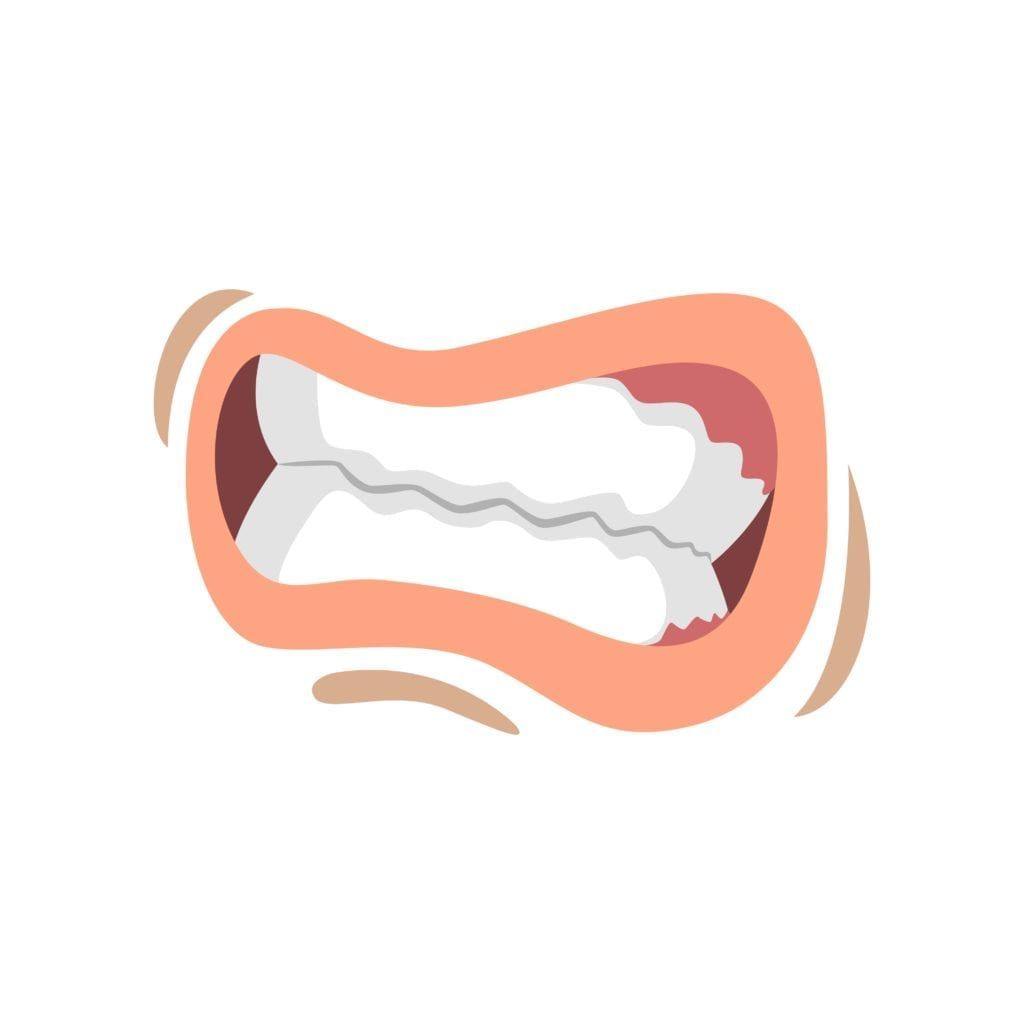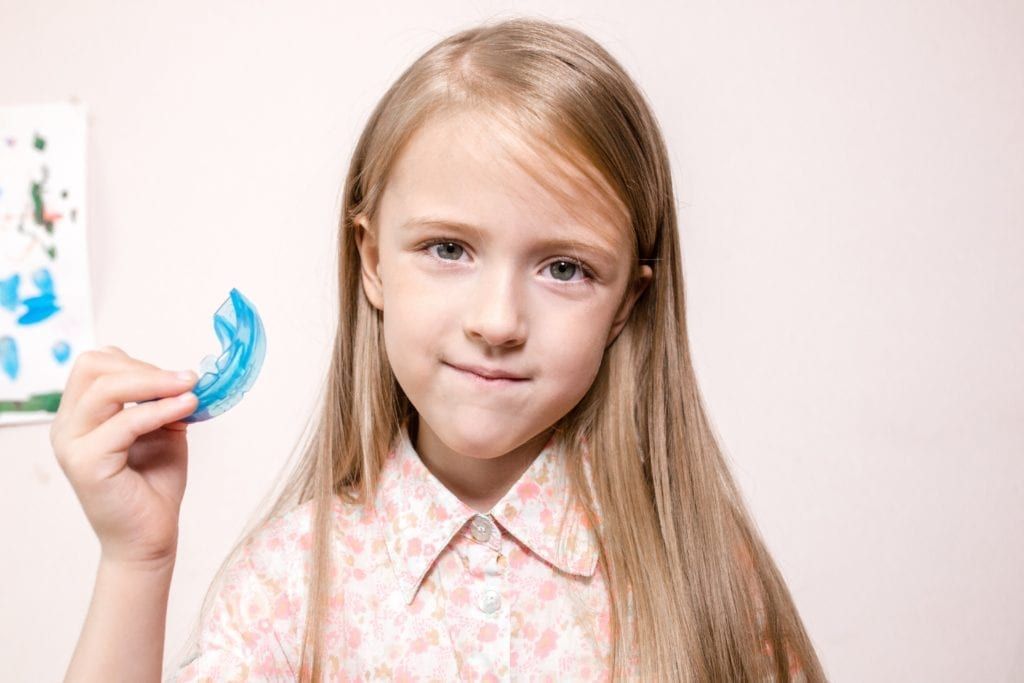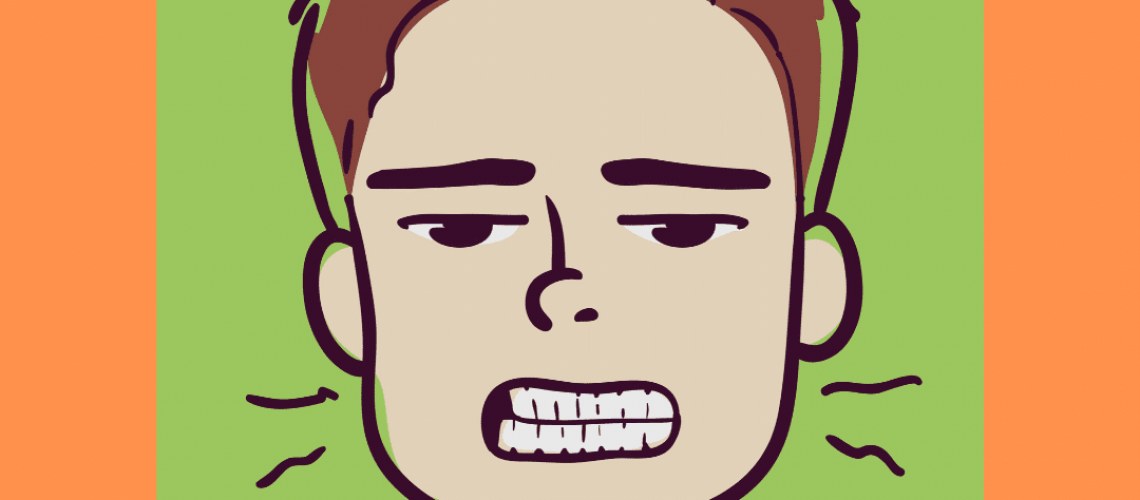There is nothing more precious than a sleeping child. Not only is it precious, but as your child floats off to dreamland, their unconscious habits can also provide you with valuable information about their oral health. One common behavior that many parents notice while watching their sleeping child is bruxism. In fact, bruxism is quite common in children and has been seen in around 7-48% of young children. To help familiarize yourself with this common condition, here are some things you should know about bruxism in children:

What is Bruxism?
Bruxism is the term dentists use to describe the grinding or clenching together of one’s teeth. It is considered a parafunctional activity because it causes movements of the jaw that go beyond its normal function of speaking and chewing. In most cases, bruxism in children is nocturnal, meaning that it only occurs at night while they sleep.
What Causes Bruxism?
There is no one thing that causes bruxism in children and the exact cause is unknown. However, there are a variety of factors that can contribute to this behavior, such as:
- Stress
- Hyperactivity
- Anxiety (Here are some other symptoms of anxiety in children)
- Pain from an earache or teething
- Certain medications
In some cases, teeth grinding can also be the result of an uneven bite. As children begin to get in some of their permanent teeth, there is a difference in the size and heights of their teeth. As a way of balancing their bite, the body reacts by trying to even out the teeth by grinding down the taller teeth.
Is my child a bruxer?
It can be tough to determine if your child is grinding or clenching their teeth while they sleep, especially since it is an unconscious habit. Therefore the best way to determine if they are a bruxer is to check on them periodically throughout the night to see if you notice any grinding noises. Additionally, it can also be helpful to look for these common signs of bruxism:
- Chipped teeth
- Fractured or “craze lines” on the teeth
- Jaw pain
- Headaches or earaches
- Worn enamel
- Sensitivity to hot, cold, sweets, or pressure
- Pain while chewing
How is bruxism in children treated?

If you suspect your child may have bruxism, you will need to schedule an appointment with their pediatric dentist to have them evaluated. Your child’s pediatric dentist can diagnose bruxism by examining their teeth for unusual wear and checking for unusual sensitivity. They may also ask you and your child questions to determine if the cause is due to stress or anxiety.
There are two main ways that bruxism in children is treated. The first is to work with your child on relaxation techniques before bedtime and to address the source of their stress or anxiety. In some cases, this can require the use of a child psychologist. Another treatment method is to have your child fitted for a nightguard that helps decrease grinding and clenching, as well as jaw pain and damage to the teeth. In most cases, your child will eventually grow out of bruxism. Nevertheless, it is still important to have bruxism treated to prevent future complications.

Dr. Marielena Torres is board certified and is constantly continuing her education to stay informed of the latest developments in pediatric dentistry. This allows her to offer patients and their parents the most cutting-edge care and education.

